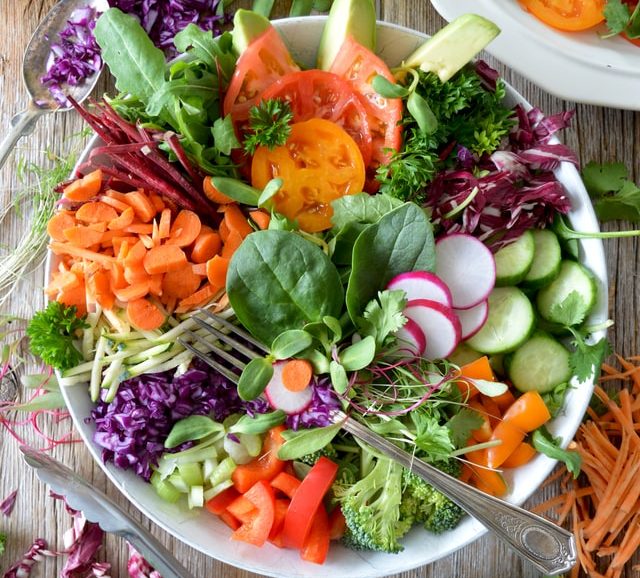On day 8 I talked about taking care of the complete you by giving yourself the gift of planning your meals the day ahead. Hopefully you have been practicing doing this over the last several days.
How is it going? Has it been hard for you or not too bad?
I know when I first started this work it was near impossible for me to stay on my plan. Even though I made the plan myself based on foods I actually like and wanted to eat, when it came time to eat what I decided, my brain went crazy and revolted. I wanted anything but what was on my plan for that day.
If you are in the same boat, have no fear. Just keep at it. Please DO NOT BEAT YOURSELF UP. Continue to add more food to your daily plan if that will help you stay on it better. Also, stay tuned to later this month when I will be sharing more tools that will help you really stick to your plan as you go through this process.
Today I am discussing creating a specific protocol for yourself.
A protocol is a food plan that you create based on reducing your body’s insulin levels. Refer to my blog posts from day 11 and day 12 to learn more about why you want to keep your insulin levels low. You will want to consider meals, foods, frequency of eating and quantities.
In order to lose weight, we want our main fuel source to be our body fat.
You should create a protocol for yourself that will benefit you physically (with discussion with your own doctor first if planning to make any significant diet changes and particularly if you have any health conditions).
You should write down this protocol so it is very clear and plan to stick to it for a good five to seven days before making a change. I am suggesting this time frame for the purposes of the goal this month, but in the future if you are continuing to try to lose weight, then you may want to extend this time frame for a good two weeks before making a protocol change.
Consider the following foods when making your protocol: vegetables as a priority, increase consumption of natural fats, moderate protein intake, increased fiber and vinegar, reduced added sugars, limited refined grains.
Once you decide on what you will eat, do not deviate from that plan for any extra snacks, bites, or licks.
Decide on an eating window and consider allowing for intermittent fasting.
Here is a sample protocol:
12 hour eating window from 8am to 8pm.
Breakfast: oatmeal (whole or steel-cut oats), Greek yogurt, or eggs and fruit
Lunch: Salad with protein and fat, fruit
Dinner: Veggies with protein and fat, 1 piece of dark chocolate (over 70% cacao)
Another example:
8 hour eating window from noon to 8pm.
Breakfast: coffee with splash of heavy cream
Lunch: 8 oz vegetables, 4 oz protein, 1 tbsp fat
Dinner: 14 oz vegetables, 4 oz protein, 2 tbsp fat
Here are some things to keep in mind as you create and execute your protocol.
- Once you write down your protocol, all kinds of thoughts will start to come up for you. These thoughts are not a problem. They will show you your obstacles which you can then turn into strategies to reach your goal. (See Day 5 – Creating Your Personal Game Plan for more on this.)
- Remember, there’s nothing inherently wrong with breakfast, but if you’re not hungry, you don’t need to eat. Breakfast is optional and it can be very beneficial to skip it altogether. If you’re accustomed to eating breakfast regularly, you may want to experiment with moving it a little later every few days until it becomes optional for you as well. Furthermore, for those with a busy lifestyle who don’t have time to eat, skipping breakfast will only serve to simplify your life.
- Sugar-sweetened drinks are one of the leading sources of added sugar that you want to avoid. This includes all soda, smoothies, shakes, fruit juice, iced coffee drinks and many others. Opt instead for choices like plain or sparkling water (with added lemon, orange, or cucumber slices if preferred), or unsweetened hot or iced coffee and tea with a splash of cream if preferred.
- Finally, weigh yourself daily, preferably every morning or around the same time each day. Get used to looking at the number as a totally neutral fact. This is how you are going to track and measure your goal. You cannot change what you cannot monitor. Remember that more than half of your body is made up of water.
If you need someone to help you stay accountable, challenge your thinking, help you work through your obstacles, or any other issue related to this topic or other issues you want coaching on, schedule a free call with me at the link below to see how I can help. You can also email me at mindfuldocmom@gmail.com.





